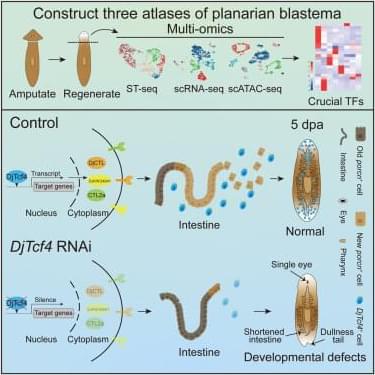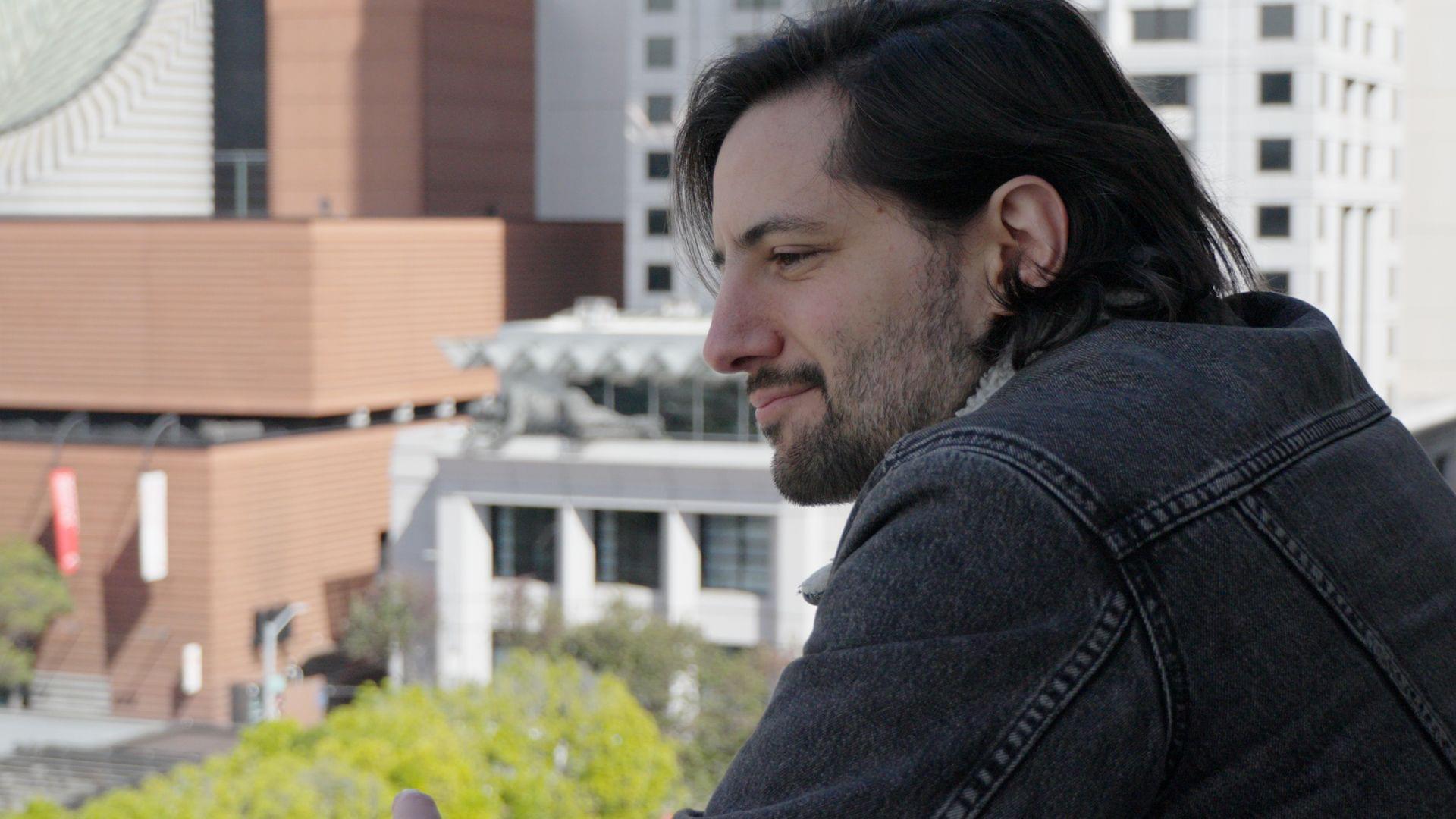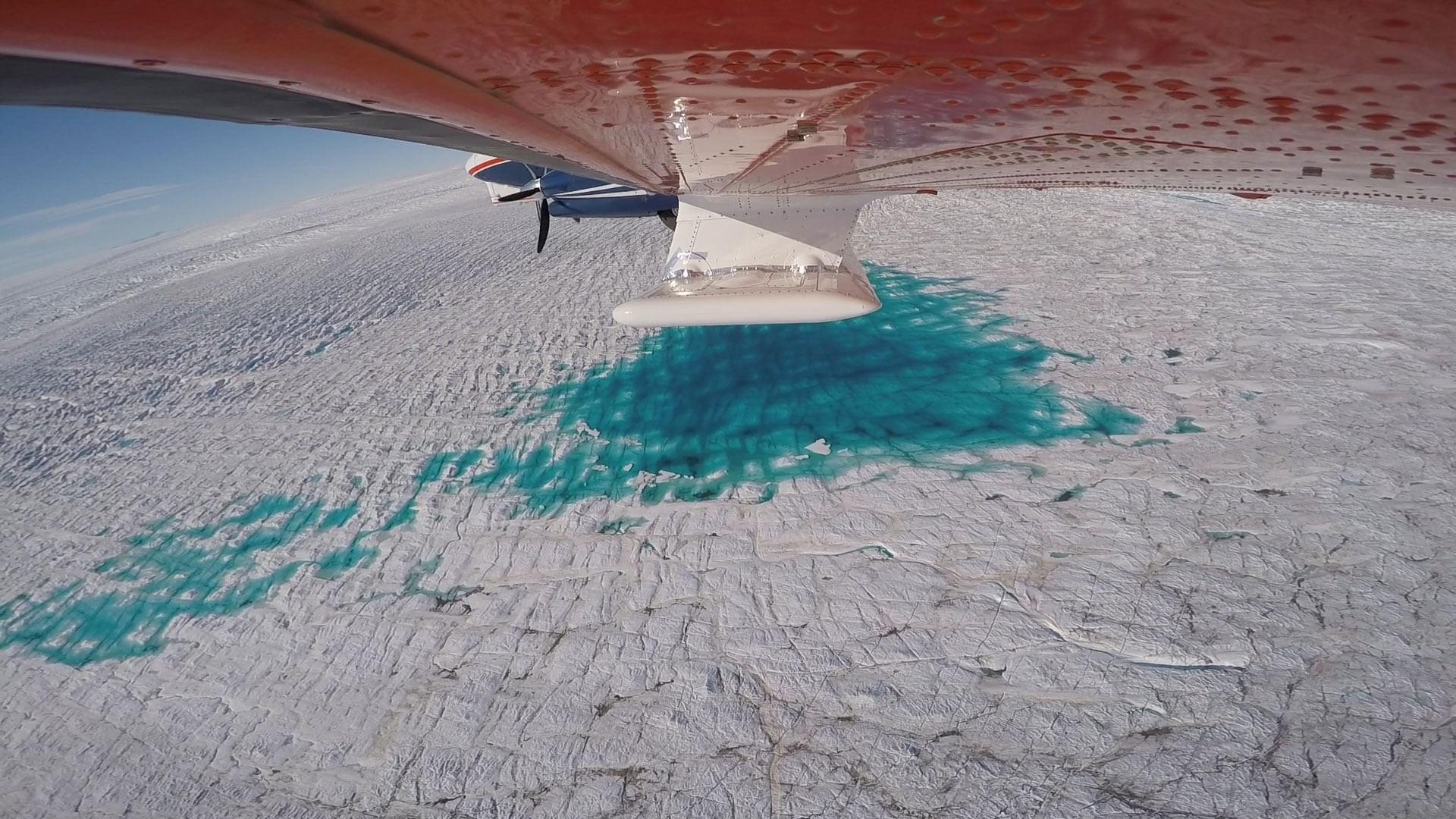An exploration of the not often considered aspect of the Alcubierre faster-than-light Drive and the terrifying implications of it.
Category: futurism



Zoom Stealer browser extensions harvest corporate meeting intelligence
A newly discovered campaign, which researchers call Zoom Stealer, is affecting 2.2 million Chrome, Firefox, and Microsoft Edge users through 18 extensions that collect online meeting-related data like URLs, IDs, topics, descriptions, and embedded passwords.
Zoom Stealer is one of three browser extension campaigns that reached more than 7.8 million users over seven years and are attributed to a single threat actor tracked as DarkSpectre.
Based on the used infrastructure, DarkSpectre is believed to be the same China-linked threat actor behind the previously documented GhostPoster, which targeted Firefox users, and ShadyPanda, which delivered spyware payloads to Chrome and Edge users.



Multi-omics analyses reveal DjTcf4 critical for proper timing of differentiation in planarian regeneration
Wang et al. integrated ST-seq, scRNA-seq, and scATAC-seq data to profile transcriptional and chromatin dynamics in D. japonica head blastema at 5 dpa. They pinpointed the DjTcf4 gene network acting as a master transcription regulator to ensure cells rebuild complex structures like eyes in the right place and time.


